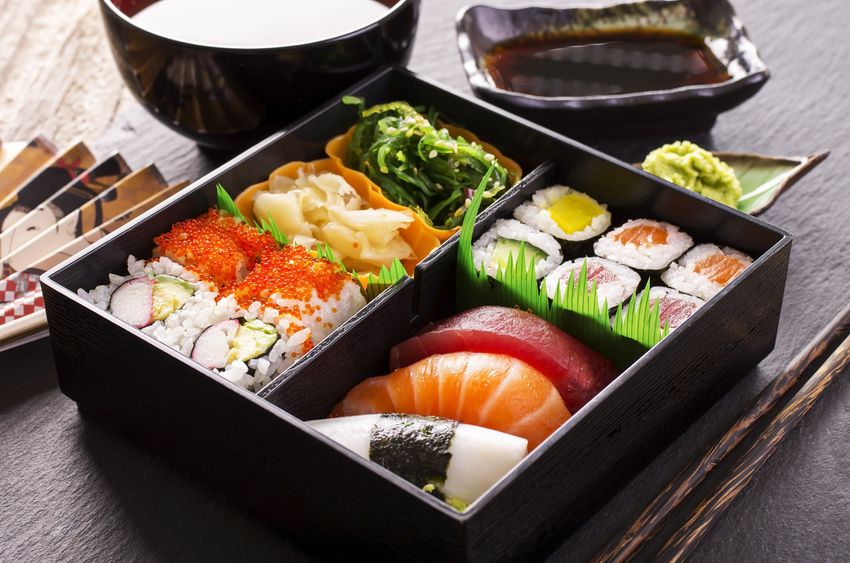Published by Rob Furlong
Every year around the Oscars I remember that between two kids, a career and countless other commitments, I haven’t seen any movies since, well, the same time last year. This leads to a week of late-night binge watching, usually of movies that have lingered in my Netflix queue for years. During my latest binge I watched Jiro Dreams of Sushi, a documentary about Jiro Ono the owner of Sukiyabashi Jiro, a restaurant in Tokyo. The film caught my eye because I had seen the restaurant featured in a television show.
Jiro left home at age nine to apprentice at a sushi restaurant and dedicated his entire life to perfecting his craft. After 75 years, he achieved this. Despite being located in a subway station, Sukiyabashi Jiro is considered by many the best sushi restaurant in the world. Reservations must be made months in advance, and a meal that lasts 15 minutes sets diners back over $250. As the film progresses it becomes very clear that Jiro’s success can be boiled down to an obsession about three things: ingredients, technique and timing. Stock picking and making sushi couldn’t seem farther apart. But, while salivating over the pieces of fatty tuna on my screen I realized that focusing on these three things can also make everyone a better investor.
Ingredients – Every morning at 5am, Jiro’s son heads to the famous Tsukiji Fish Market to review the day’s catch. He only buys the highest quality ingredients, and importantly, if nothing meets his standards he walks away empty handed. Great sushi starts with great fish. Similarly, great investments start with great companies. No matter what a fancy algorithm says or how good a stock chart looks, a poorly run company with a deteriorating balance sheet will seldom make a great investment. If this is all that the market offers, it’s better to walk away and wait for something better.
Technique – Jiro spent 75 years perfecting his technique, which revolves around consistency. The rice is cooked precisely the same way each day. Octopus is massaged for exactly 45 minutes to create the perfect consistency. And when learning to prepare something as simple as tamagoyaki (egg sushi), apprentices make and throw it away hundreds of times before being allowed to make something served to customers. A consistent and disciplined approach is also key to successful investing. Changing course to react to market moves or jump on the latest fad often leads to ruin.
Timing – Every piece of sushi at Jiro’s restaurant is served at its optimal temperature to heighten the flavor, and this differs depending on the type of fish. This creates a complicated choreography in the kitchen to make sure everything is timed perfectly. Throughout the meal, the portion sizes are even adjusted on the fly to accommodate for fast or slow eaters. Jiro knows that poor timing can undermine even the highest quality ingredients and destroy the results of masterful technique. The same thing is true with investing. While it’s important to start with great companies, they may not be great investments if they are purchased at the wrong time. Patiently waiting for the proper entry point is often one of the hardest things to do, but getting the timing right can be the difference between a winning or losing investment.

